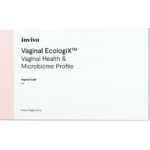 Vaginal ecology is extremely dynamic and is affected by numerous host (i.e. you!) factors including age, ethnicity, hormonal changes and life stages, infection and even use of various sanitary items like tampons and moon cups. With this in mind, it is no wonder that imbalances or dysbiosis can occur. Often these imbalances can be modulated with diet, lifestyle and nutraceutical interventions however.
Vaginal ecology is extremely dynamic and is affected by numerous host (i.e. you!) factors including age, ethnicity, hormonal changes and life stages, infection and even use of various sanitary items like tampons and moon cups. With this in mind, it is no wonder that imbalances or dysbiosis can occur. Often these imbalances can be modulated with diet, lifestyle and nutraceutical interventions however.
The Urobiome – the urinary tract microbiome
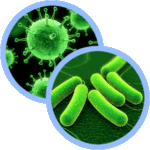 For many years, scientists and healthcare professionals believed the urine to be almost sterile. Now we know much more about the bacteria that live in our body and know that we have a microbiome not only in our gut, but in the mouth, vagina, the placenta and in the urinary tract. [Read more…]
For many years, scientists and healthcare professionals believed the urine to be almost sterile. Now we know much more about the bacteria that live in our body and know that we have a microbiome not only in our gut, but in the mouth, vagina, the placenta and in the urinary tract. [Read more…]
Should we eat organic?
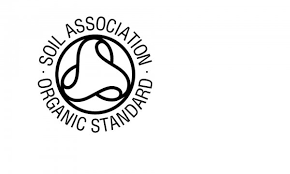 Leaving aside the potential impact of organic farming on the environment and looking at it from a purely nutritional perspective, there are a couple of key points to consider when deciding whether or not to chose organic food. [Read more…]
Leaving aside the potential impact of organic farming on the environment and looking at it from a purely nutritional perspective, there are a couple of key points to consider when deciding whether or not to chose organic food. [Read more…]
Selenium in thyroid function and repair
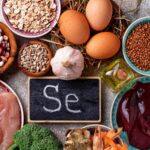 The thyroid tissue has the highest concentration of selenium in the body. Glutathione peroxidase enzymes are the most abundant antioxidants in the thyroid. These are the protector of our thyroid cells and they are made of selenium and protein. This nutrient is there to protect our thyroid as explained in our previous blog, but it is also helpful when our thyroid is already damaged.
The thyroid tissue has the highest concentration of selenium in the body. Glutathione peroxidase enzymes are the most abundant antioxidants in the thyroid. These are the protector of our thyroid cells and they are made of selenium and protein. This nutrient is there to protect our thyroid as explained in our previous blog, but it is also helpful when our thyroid is already damaged.
The magic of mushrooms
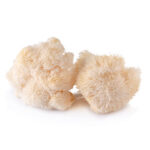 Mushrooms are used medicinally in many cultures. However, science is only now catching up with the ways in which they actually help us. Most research has been carried out on types like Lion’s Mane and Coriolus that we don’t usually eat here. All types of edible mushrooms contain varying degrees of protein and fibre however. They also contain b vitamins and a host of other vitamins and minerals.
Mushrooms are used medicinally in many cultures. However, science is only now catching up with the ways in which they actually help us. Most research has been carried out on types like Lion’s Mane and Coriolus that we don’t usually eat here. All types of edible mushrooms contain varying degrees of protein and fibre however. They also contain b vitamins and a host of other vitamins and minerals.
- « Previous Page
- 1
- 2
- 3
- 4
- …
- 7
- Next Page »

